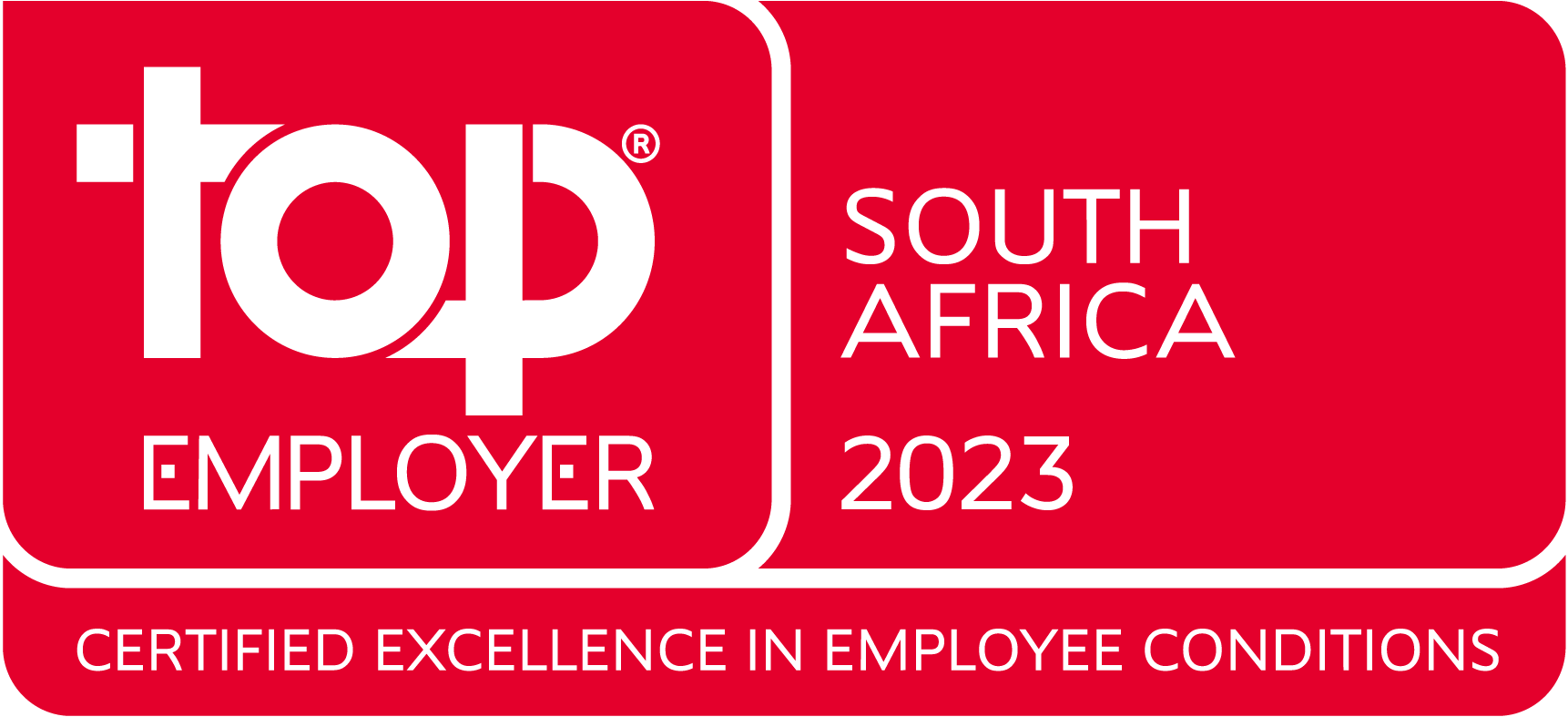
Is the employee toxic or simply disengaged?
And how to tell?
Dissecting Employee Behaviour
We spend hours of management time dissecting employee behaviour to ensure that not only is each employee delivering to a minimum expectation, he or she is not actively undermining the effectiveness of the business.
We design KPAs (or KPIs, or whatever we want to call them), we run regular appraisals, we discuss career paths and succession plans, and as long as toxic employees are delivering on their job description, we keep them!
It’s only after they leave, when you hear the collective deep breath of relief from colleagues and management, that you can be absolutely sure of the negative impact.
Underperformance vs Undermining
My view has changed – rather an underperformer, than an underminer.
So what to do?
Once you have firmly established that undermining is the problem, the first step is to tell them that you are onto them!
Never an easy task, because very few people see themselves as undermining, they see it as telling it like it is!
They often see themselves as the Cassandra’s of the workforce. Prophets of doom, yes, but somebody has to tell management where they are going wrong…. Or what hope is there for the future of the business?
Just a thought
Years ago, I saw this amazing British comedian who was sharing that he thought being the Prime Minister was the worst job in the world. Particularly as everybody in the country knew what he was doing wrong, and could do a better job standing on their heads. He did point out, none too tactfully, that most of the people who could do this amazing job of running the country were propping up the bar counter in the local pub at 4 pm…
Awkward Conversations
Management need to have those awkward conversations, though. Susan Scott advises absolute clarity. No oreo cookie approach (cushioning the negative inside with a positive start and end – see below), simply tell the employee that you believe that they are creating negative energy in the workplace. Then sit back and ask them for their input as to their view.
It is really important to listen attentively. Sometimes what management see as negative might be a reserved personality or a non participative work approach ie the person comes to work, does what needs to be done, and goes home. They are just not engaged, they are contributors, though, and, nice as it would be, it is not possible to have everybody fully committed at all times.
Also, there is the situation where the rest of the team are aligning against a strong performer or a weak personality and what appears to be a toxic worker is really a team issue that needs to be very carefully managed.
During the discussion, the quality of work will come up, particularly from good performers, but what needs to be shared is the detrimental effect on the rest of the employees. This is a very tough thing to hear, and most people on the receiving end will be very hurt and/or defensive. Less experienced managers should bring in the HR department for these kind of interventions.
Businesses need alternative thinkers
When handling these tricky situations, I remind myself that a totally homogeneous workforce is also a risk. We need new ideas, creative thinkers and people who are not scared to colour outside the lines or where does your growth and development come from? It's not about controlling every behaviour that doesn't fit the mould, nor about breaking people down,until they toe the line.
There is no pearl without grit.
Final thoughts
The transition from negative influence to positive, constructive, business changing input is the objective.
It comes down to managing past the numbers and past the measurements we all believe have to be in place for success. An engaged, passionate management team working together to create a positive working environment of mutual trust – that requires a lot of open, fierce conversations.
If the employee isn’t willing to actively participate, where trust is broken, then management needs to decide on which is the greater risk and act accordingly.
Links, References and Notes
Susan Scott – Fierce Conversations http://www.fierceinc.com/resources/books
email: [email protected]
twitter: @TerylSchroenn
Note
Thank you for reading Teryl@Work. Should you wish to use any of the material, please acknowledge this blog as the source


